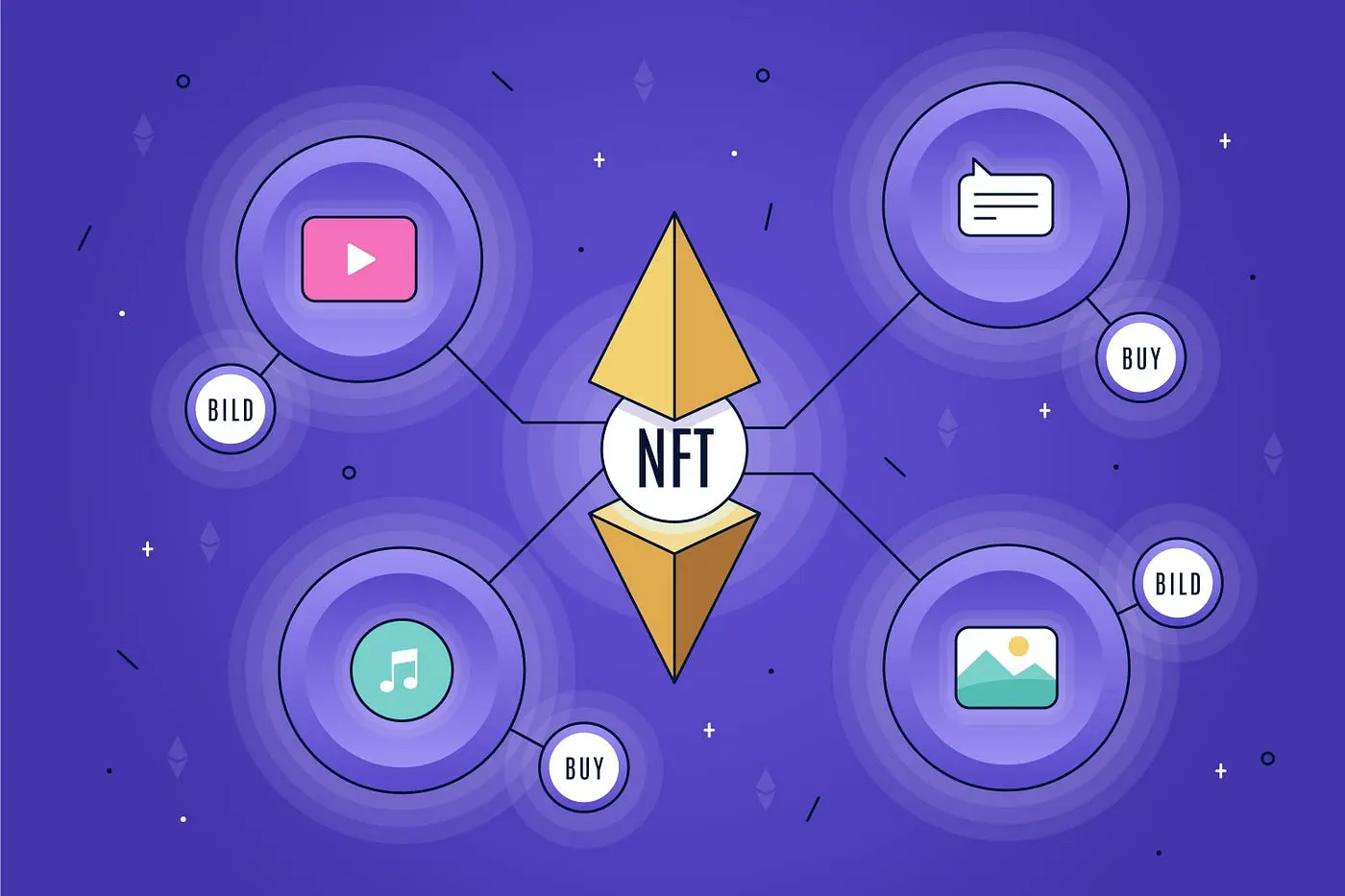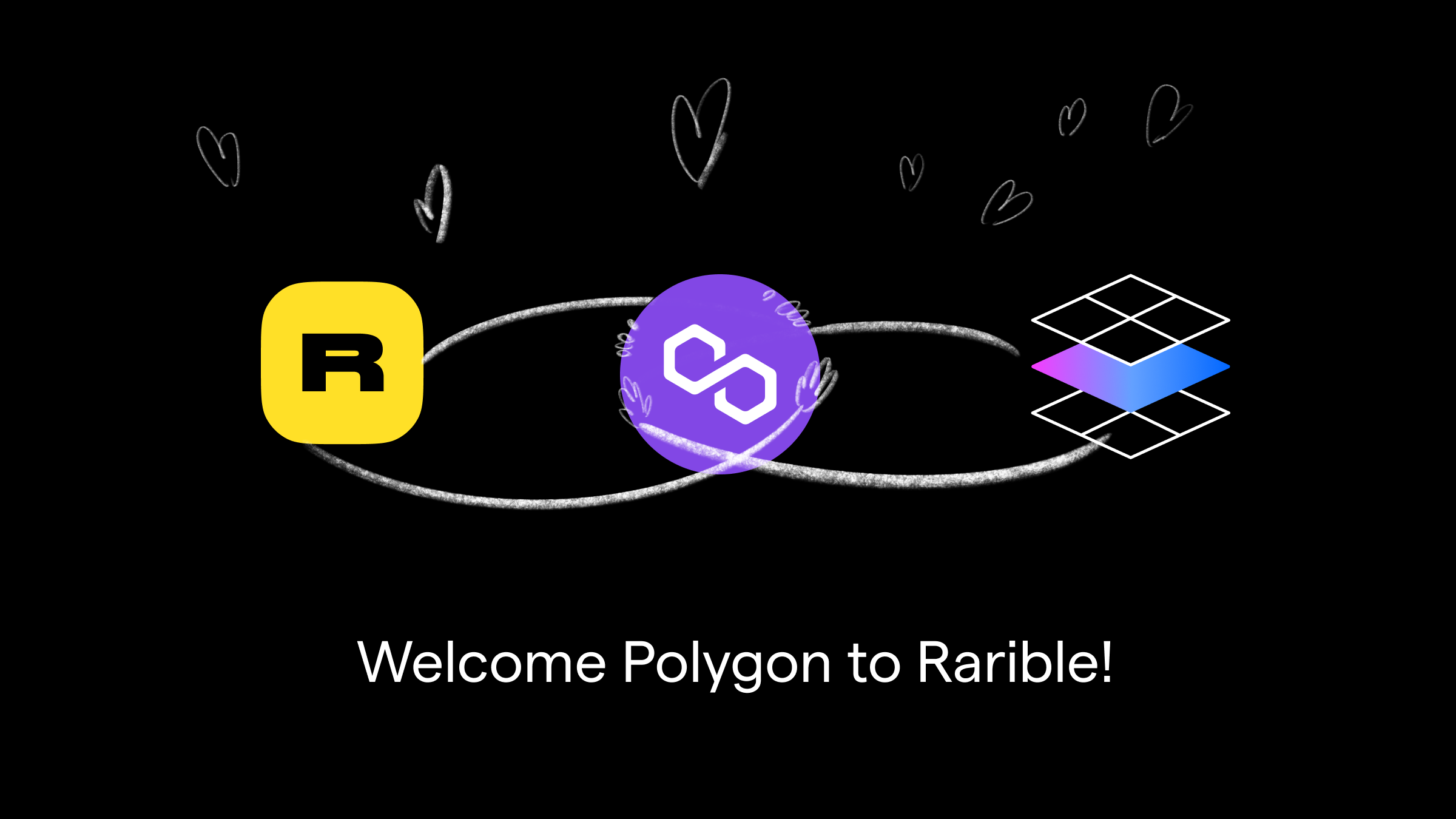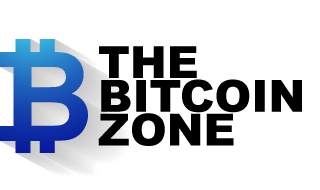
In recent years, the world of non-fungible tokens (NFTs) has acquired immense popularity, revolutionizing how we perceive and interact with digital assets. Polygon, a scaling solution for the Ethereum blockchain, has emerged as a prominent ecosystem for NFTs, offering quicker transactions and lower fees than the Ethereum main net.
This guide attempts to provide a thorough comprehension of Polygon NFTs, covering everything from their fundamental concepts to their creation, purchasing, selling, and potential investment opportunities.
What is NFT Polygon?
“NFT Polygon” refers to non-fungible tokens (NFTs) that are created, transferred, and transacted on the Polygon network. Polygon is a Layer 2 scaling solution for the Ethereum blockchain, designed to resolve scalability issues and reduce transaction fees. It provides a framework for creating and deploying decentralized applications (DApps) and smart contracts.
Non-fungible tokens on the Polygon network are exceptional digital assets that signify ownership or provide evidence of authenticity for a particular item or content, encompassing digital art, collectibles, virtual real estate, in-game assets, and numerous other forms. Each NFT retains its own distinct identity and cannot be replicated or exchanged on a direct, one-to-one basis, unlike cryptocurrencies.
The Polygon network offers a more cost-effective and efficient environment for minting, purchasing, and selling NFTs compared to the Ethereum network. By utilizing Polygon’s Layer 2 technology, NFT transactions on Polygon can be executed at a speedier rate and with considerably reduced transaction fees (gas fees) compared to the main Ethereum network.
Investors, collectors, artists, and creators are increasingly investigating the NFT opportunities on Polygon due to its scalability solution, reduced transaction costs, interoperability with Ethereum, and the growing ecosystem of NFT marketplaces, projects, and communities created on the network.
It’s worth noting that NFTs on Polygon can still be transmitted back to the Ethereum network, allowing for interoperability and access to a wider NFT market. The combination of Polygon’s advantages and the unique features of NFTs makes NFT Polygon a popular choice for creators and collectors seeking a more efficient and cost-effective platform for engaging in the NFT space.
How Does It Work?

Polygon NFTs operate by leveraging the Polygon network’s infrastructure and technology to create, trade, and transact non-fungible tokens (NFTs). Here’s a simplified explanation of how Polygon NFTs function:
1. Polygon Network
This is a Layer 2 scaling solution developed on the Ethereum blockchain. It seeks to address scalability issues by providing a more efficient and cost-effective environment for decentralized applications (DApps) and smart contracts.
2. NFT Creation
Artists, creators, or individuals can create NFTs on the Polygon network using compatible platforms or marketplaces. They can mint their unique digital assets, such as digital art, mementos, virtual real estate, or in-game objects, by following the specific minting procedure defined by the selected platform.
3. Smart Contracts
NFTs on Polygon are typically implemented using smart contracts. Smart contracts are self-executing agreements that regulate the creation, ownership, and transmission of NFTs. These contracts define the specific attributes, metadata, and ownership details of the NFT.
4. Lower Transaction Fees
One of the substantial advantages of using Polygon for NFTs is the reduced transaction fees (gas fees) compared to the Ethereum network. Polygon’s Layer 2 technology allows for quicker and more cost-effective transactions, making it more accessible for minting, purchasing, and selling NFTs.
5. Interoperability

Polygon NFTs can be seamlessly transmitted between the Polygon network and the Ethereum network. The interoperability is facilitated through bridges that enable the mobility of NFTs and other assets between the two networks, expanding the scope and potential market for Polygon NFTs.
6. NFT Marketplaces
Polygon has a developing ecosystem of NFT marketplaces and platforms where users can purchase, sell, and trade Polygon NFTs. UPYO, OpenSea, Mintable, Rarible, and others are popular marketplaces that support Polygon NFTs, offering a variety of NFT collections and artworks.
7. Ownership and Authenticity
Each Polygon NFT represents distinct ownership or proof of authenticity for a specific digital asset. The ownership is documented on the blockchain, making it publicly verifiable and transparent. This immutability and transparency assure the scarcity and uniqueness of the NFTs.
8. Royalties and Secondary Sales
Polygon NFTs can integrate royalty mechanisms, allowing creators to receive a percentage of the sale proceeds each time their NFT is resold on the secondary market. This feature enables creators to earn continual royalties as their NFTs change hands in the marketplace.
By leveraging Polygon’s scalability, reduced fees, and interoperability with Ethereum, Polygon NFTs provide an accessible and efficient platform for artists, creators, and collectors to participate in the vibrant world of non-fungible tokens.
Read Also: Bitcoin Mining Firm Layer1 Accused of Copyright Infringement
Polygon NFT Examples

Here are some examples of Polygon NFT undertakings and categories:
1. Art and Collectibles
-
Aavegotchi: A project that combines DeFi and NFTs, featuring collectible ghost-like characters called Aavegotchis.
-
Decentraland: A virtual world where users can buy, sell, and trade virtual land, items, and accessories as NFTs.
-
PolygonArt: A marketplace for digital art and artifacts on the Polygon network.
-
Polygarden: A collection of generative art NFTs inspired by flora and fauna.
2. Gaming and Virtual Assets
-
Sandbox: A decentralized gaming platform where users can create, own, and monetize virtual assets and experiences as NFTs.
-
Chain Guardians: A blockchain-based RPG where players can acquire and battle with NFT characters and items.
-
Cometh: A space-themed game where players can mine and trade virtual planets as NFTs.
-
Illuvium: An open-world RPG constructed on the Ethereum and Polygon networks, incorporating NFT-based creatures and conflicts.
3. Virtual Real Estate
-
Decentral Games: A virtual casino and entertainment platform where users can own and administer virtual casinos as NFT-based properties.
-
Somnium Space: A virtual reality platform where users can buy, sell, and build on virtual land as NFTs.
-
UpLand: A virtual property trading game where users can own and trade virtual properties as NFTs.
4. Digital Collectibles and Trading Cards
-
PolyPunks: A collection of distinctive and customizable Polygon-based pixel art characters inspired by CryptoPunks.
-
Avastars: Unique, customizable, and tradable avatars as NFTs, created by combining various characteristics and accessories.
-
Blockchain Cuties: Collectible entities that can be trained, battled, and bred, each represented as an NFT.
5. Sports and Athletics
-
Sorare: A fantasy football game where users can acquire, trade, and manage virtual football player cards as NFTs.
-
NBA Top Shot (Polygon Edition): NBA-licensed NFTs featuring iconic basketball moments, collectible player cards, and more.
Conclusion
Although the Ethereum network remains the preference among collectors and investors, there are other excellent options that you can look up to, such as the Polygon network. This guide provides the required information and insights that help you understand the intricacies of the network sufficiently.
